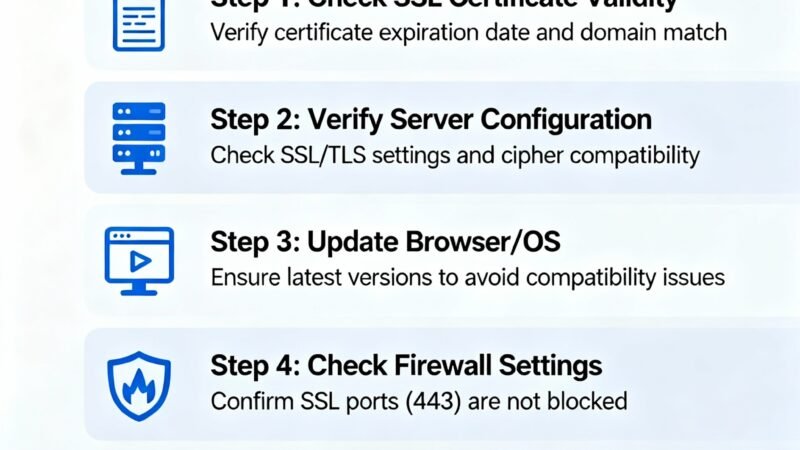Enhancing SEO With Semantic HTML: A Comprehensive Guide

In the ever-evolving landscape of Search Engine Optimization (SEO), webmasters and marketers continually seek strategies to improve website visibility and accessibility. One powerful yet often underutilized technique is Semantic HTML. By employing Semantic HTML, website owners can enhance not only their SEO efforts but also ensure better accessibility for all users. Let’s delve into why Semantic HTML should be a cornerstone of your digital strategy. Take your Shopify store to new heights with dedicated SEO For Shopify Bradford techniques crafted for lasting digital growth.
Clarity for Search Engines and Accessibility:
Semantic HTML provides clear signals to search engines regarding the structure and significance of content on webpages. This clarity aids search engine crawlers in understanding the hierarchy of information, distinguishing main content from supplementary or advertising material. Additionally, Semantic HTML contributes to improved accessibility by providing meaningful tags and elements that assist screen readers and other assistive technologies in interpreting and presenting content to users with disabilities. ssl handshake failed error code 525 can break site access—explore key fixes and tips to protect your site’s SSL connection today.
Alignment with Search Engine Algorithms:
Modern search engine algorithms increasingly prioritize content organization and relevance. Semantic HTML aligns with this paradigm by categorizing content into distinct sections such as main content, navigation, and footer. By clearly delineating the main content, webmasters can ensure that search engines prioritize indexing and ranking the most relevant information, thereby enhancing the visibility of their webpages in search results. Read another excusive post on Wix Vs WordPress – Choosing the Right Platform for Your Website.
Optimizing Page Structure:
At the core of Semantic HTML is the concept of structuring webpages for optimal comprehension by both search engines and users. By employing semantic elements such as <header>, <nav>, <main>, and <footer>, webmasters can create a well-defined page structure that facilitates easy navigation and indexing. The <main> element, in particular, serves as a focal point for search engine crawlers, directing them to the primary content of the webpage.
Introduction to Semantic Elements:
Semantic HTML encompasses a rich array of elements beyond the basic tags. While essential elements like <main> and <aside> provide fundamental structuring capabilities, webmasters can leverage additional elements such as <article>, <button>, <form>, and <section> to enhance both the semantic richness and accessibility of their webpages. Each semantic element serves a distinct purpose, contributing to a cohesive and intuitive user experience.
Implementing Best Practices:
To fully harness the potential of Semantic HTML, webmasters should adhere to best practices and guidelines. By following established conventions and standards, such as those outlined by the World Wide Web Consortium (W3C) and major search engines, webmasters can ensure compatibility, interoperability, and optimal performance across different platforms and devices. Additionally, staying informed about emerging trends and advancements in semantic markup empowers webmasters to adapt and innovate in response to evolving user needs and technological capabilities.
In short, Semantic HTML represents a cornerstone of modern web development and SEO strategy. By adopting semantic markup practices, webmasters can enhance the clarity, relevance, and accessibility of their web content, thereby improving search engine visibility and user engagement. As search engines continue to prioritize semantic understanding and user experience, embracing Semantic HTML is not just a recommendation but a strategic imperative for digital success in the evolving digital landscape.






